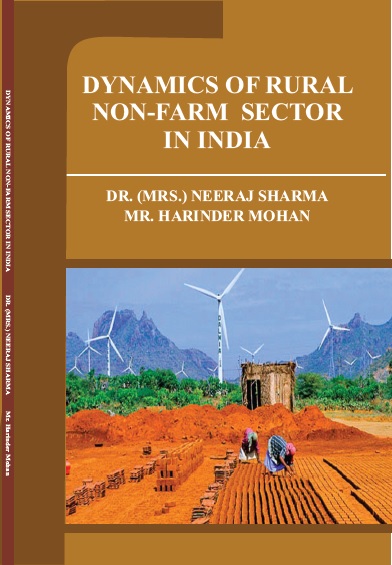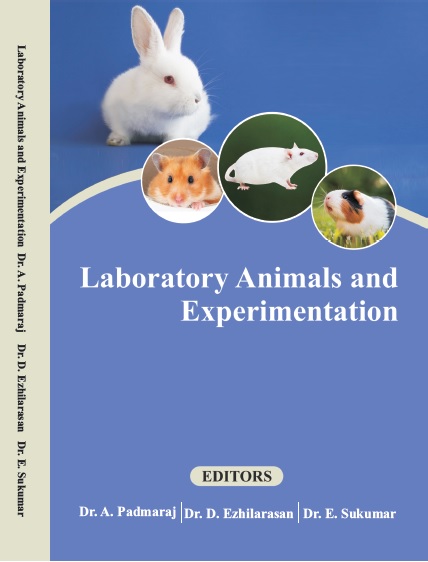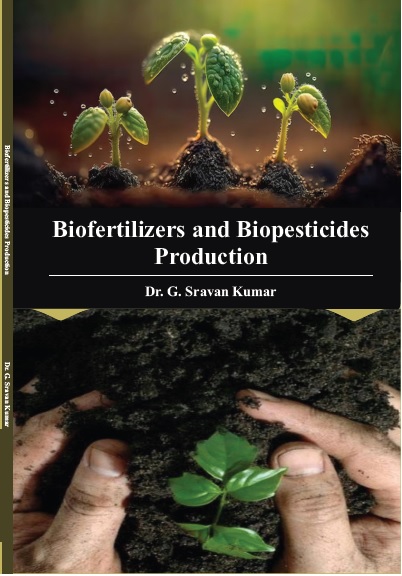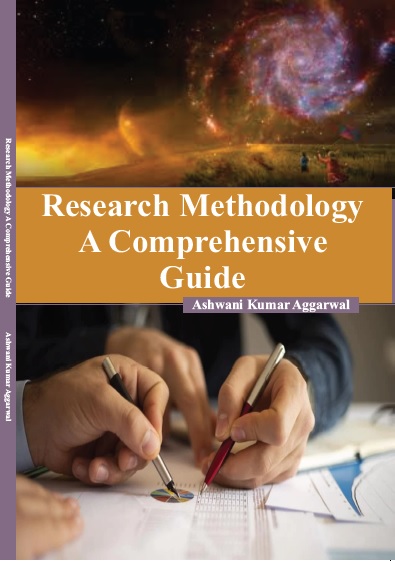LIFE SCIENCES

Dynamics Of Rural Non-farm Sector In India
by Dr. (Mrs.) Neeraj Sharma
ISBN Number : 978- 1-63041- 706-2
Authors Details
| Author Name | Image | About Author |
|---|---|---|
| Dr. (Mrs.) Neeraj Sharma |  |
Dr. (Mrs.) Neeraj Sharma is Associate Professor of Economics in Department of Evening Studies,
Panjab University, Chandigarh. Her areas of research interest include rural development, agriculture and
gender studies. She has got published number of research papers in journals of repute concerning various
issues of economy. She also has authored a book titled “Anti-Poverty Programmes in Rural India." She has
presented number of research papers in both national and international level conferences and seminars.
She is the recipient of prestigious IES- Shiksha Ratan Award. |
| Mr. Harinder Mohan |  |
Mr. Harinder Mohan is Assistant Professor of Economics in Post Graduate Department of Economics,
Guru Nanak College, Moga. His areas of research interest include rural development, industrial
development and human welfare. He has got published number of research papers in both national and
international journals. He has also presented number of research papers in national and international
conferences and seminars. He is also a life-time member of Society of Social and Economic Development,
Punjab Agricultural University, Ludhiana. |
Book Description
It has been universally recognized that in the agrarian economies, characterized by heavy population burden on scattered and fragmented holdings; unequal land distribution etc., farm sector alone is not capable of solving problems like rural unemployment and underemployment. Moreover, low labour absorption capacity of capital-intensive urban manufacturing sector, and problems related with urban congestion, the role and significance of non-agricultural sector to provide employment within the rural sector itself is being increasingly realized. The rural non-farm economy is considered as the backbone of numerous parts of the world. It is also regarded as the primary source of income and employment for many of world's poor. Therefore, the sector plays a significant role in determining future prospects for employment growth and poverty alleviation. Rural nonfarm sector has various production, investment and expenditure linkages with farm sector, which leads to high level of integration with the other sectors of economy. It helps to generate additional demand for the produce of other sector of economy. Dairy farming, animal husbandry, fishing etc. activities have large capacity to absorb surplus labour force spread in the rural areas. From the supply side, agricultural sector releases some resources for being transferred to the other sectors of economy. The investible surpluses that are created in the agriculture sector but are not absorbed in it are transferred to the industrial sector. On the demand side, agricultural sector plays a pivotal role for the process of industrial development by providing the necessary demand of industrial output. An expanding and mechanized agricultural sector, which makes use of modern science and technology, creates demand for the inputs like fertilizers, tractors, harvests, combines etc., which are supplied by the industrial sector. Moreover, RNFS can play an immense role in reducing wide spread rural poverty through income and employment generation at the times of agricultural distress. The rural non-farm (RNF) sector can interact favourably to alleviate rural poverty with a greater likelihood of the poor households employed in this sector. This role of RNFS becomes immense as it can provide diverse employment opportunities to the rural people and in the process transform the rural economy in the desired direction of inclusive growth. Moreover, non-farm employment can prove highly important particularly to the landless, small and marginal farmers, leading to the conclusion that the growth of real per capita non-agricultural output can have a significant impact in reducing rural poverty. There is mounting evidence to show that a fairly big proportion of the landless and marginal/small farming households, who, amongst themselves constitute a preponderant majority of India's rural poor, do pursue various nonfarm activities and this helps cope with the severity of poverty they would have otherwise faced with earnings from agriculture alone. Rural non-farm sector activities are also very useful for utilizing local talents and local resources, which cannot be easily transferred and utilized in the urban counterparts due to certain bottlenecks. Rural non-farm employment (RNF) enterprises not only benefit poor but it also provides opportunity to educate people who lack appropriate employment. Rural non-farm sector also smoothens the rural households income flows and hence the consumption by providing employment during slack season. Hence, participation in the rural non-farm sector allows poor people to smooth out fluctuations in agricultural income that might occur on a seasonal basis or as result of unexpected events and in this way lead to reduction in mass poverty. In addition, the development of rural non-farm activities can prevent rural-urban migration and encourage self-sufficiency among the rural poor. In the context of India rural non-farm sector employment consists of all those activities outside agriculture and allied activities, 3 in secondary and tertiary sectors carried out in the rural areas for the benefit of the rural masses. The role and significance of rural non-farm employment in gainful employment opportunities in the rural areas of country has increased manifold during past three decades. This book is a pinor work in the direction of understating various aspects associated with the non-farm sector in the rural areas of India. This book consists of six chapters associated with the growth and challenges facing by the rural non-farm activities in the country. This book will be helpful to the students, teachers, researchers, government institutions, NGOs, various research institutions for better understanding about the nature, extent and pattern of non-farm sectoral activities in the rural areas of the country. We take this opportunity to express our heart full thanks to all those who have helped us directly or indirectly in the compilation of this work. Our profound thanks are due to Dr. Sukhdev Singh Chahal, Professor, Department of Economics and Sociology, Punjab Agricultural University Ludhiana, for his cooperation and guidance at different stages of this work. We feel indebted to Sh. Mukhtiar Singh (Incharge Library) and other staff of the library of Punjab School of Economics, Guru Nanak Dev University, Amritsar, staff members of ICSSR library, staff members of Panjab University Chandigarh Library, staff members of Census of India office, New Delhi for providing us the required library assistance. We are grateful to all the staff members of Data Processing Centre, National Sample Survey Organization Office, New Delhi and Ministry of Finance, Udhyog Bhawan, New Delhi for their help in the collection of data for our book. Finally yet importantly, we are grateful to the almighty God with whose grace and blessings, we have been able to complete this work.














